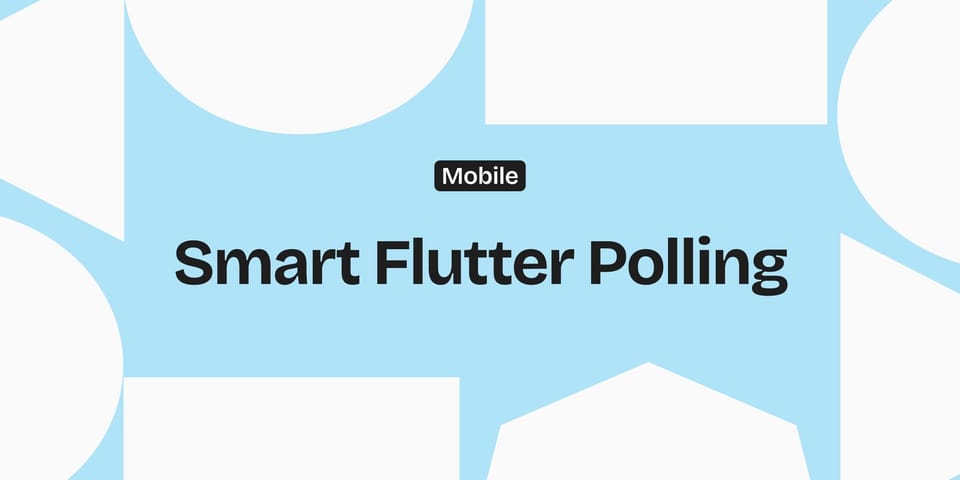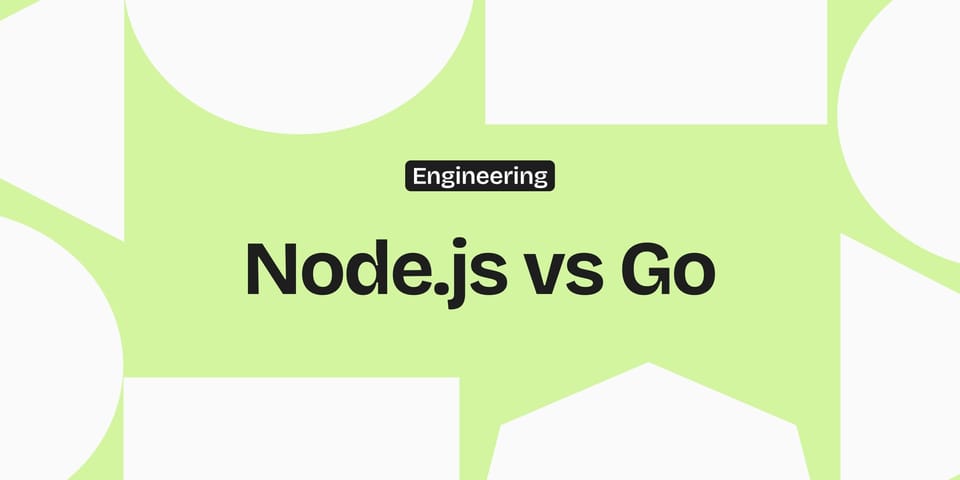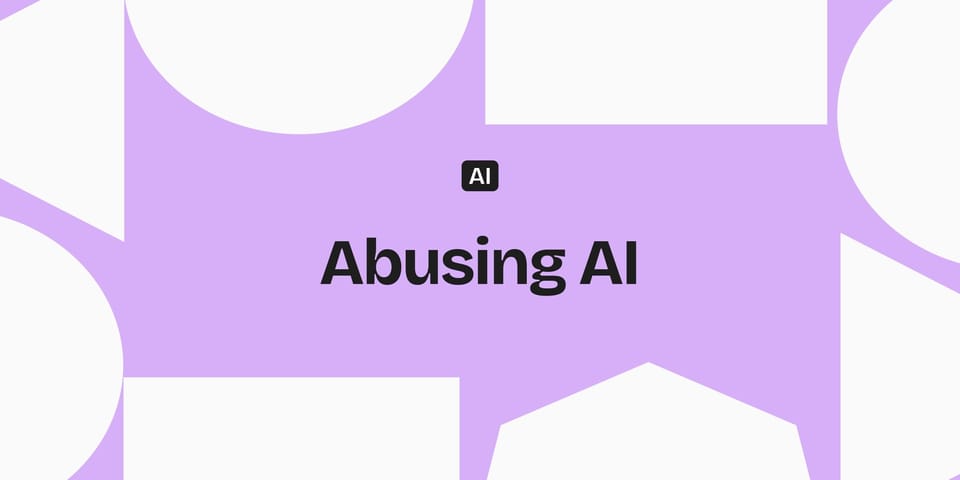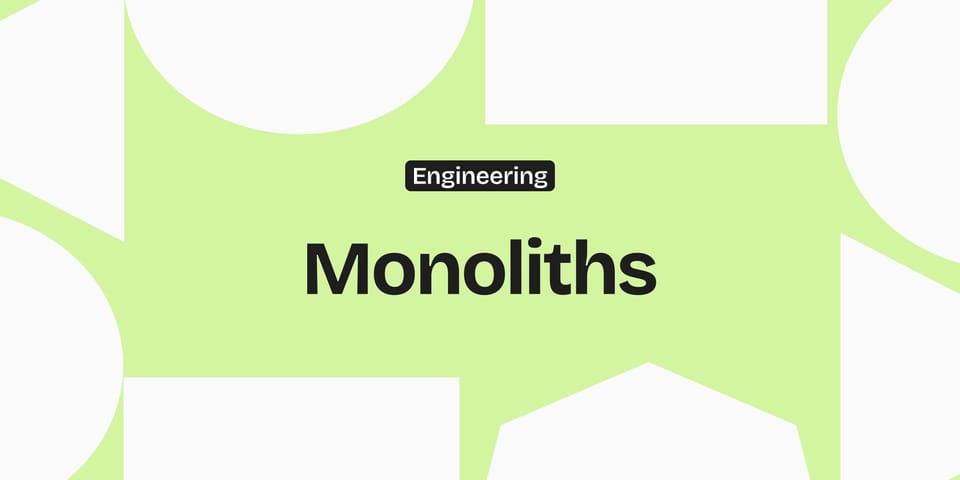Flutter Is Taking Over
I started out writing native code and believed in it fully. But Flutter has evolved into something rare - a truly cross-platform system that doesn't feel like a compromise. In 2025, it's earning its spot as a real default.
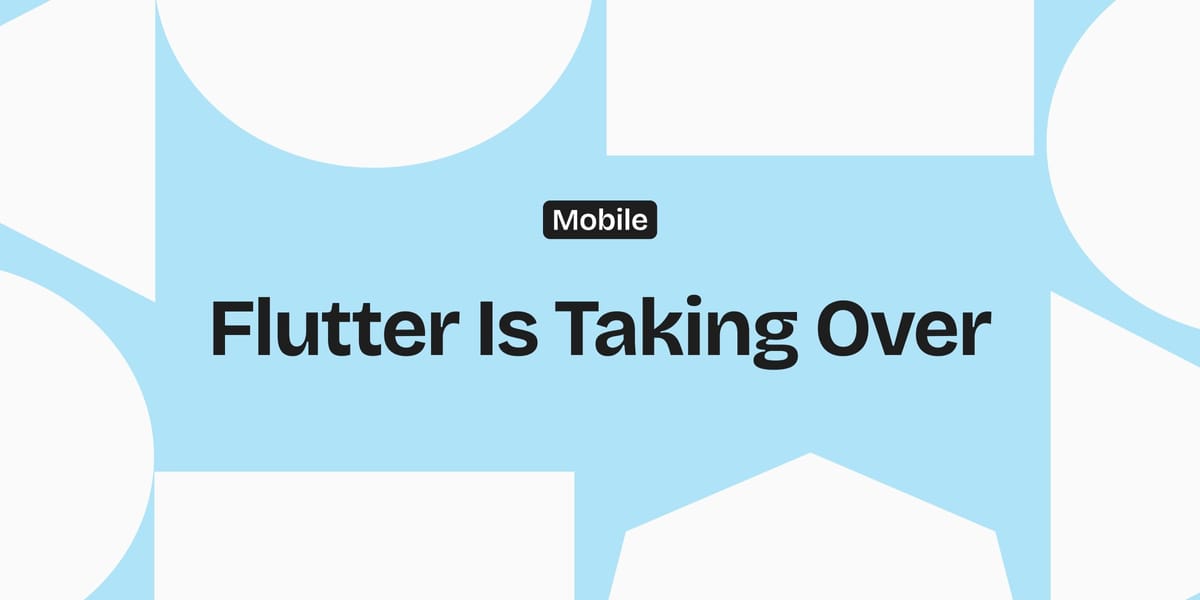
I was always a fan of native in my early coding days. Swift and Kotlin felt powerful, expressive, and in full control of the device. Building for iOS and Android separately meant I could go deep into platform-specific details, squeeze out every bit of performance, and use the latest APIs as soon as they dropped.
But over time, the trade-offs started piling up. Twice the code. Twice the bugs. Twice the coordination. Maintaining feature parity across two teams was a constant headache. And when clients wanted a web version? That was a whole different ballgame.
That's when I gave Flutter a serious look. I had seen journeys of React Native, Cordova, Ionic, and even Xamarin. None of them nailed the cross-platform dream. Flutter? It surprised me. In a good way.
A Framework That Feels Native
Flutter is taking over. Quietly, but surely.
It started with mobile, but now it's everywhere: Android, iOS, web, desktop, and even embedded. One codebase for all screens. And unlike older frameworks, Flutter apps feel native. Not kinda-native, not hybrid. Real native-feel, pixel-perfect UI, smooth transitions, and barely any performance drop.
Apps built in Flutter don't look or feel like compromises. They look like the real deal. That was a turning point for me.
Dart Is Growing Into a Serious Language
The language that powers Flutter-Dart-has grown up. Swift and Kotlin are still ahead in some areas, but Dart is getting close. It's fast, clean, type-safe, and built for async-heavy apps. Null safety, isolates for concurrency, and better dev tooling have made Dart a serious contender.
More importantly, the experience of building in Dart feels focused. You're not fighting the language. It stays out of your way, lets you ship fast, and scales well with teams.
Performance That Holds Up
Performance? Surprisingly good.
Flutter uses Skia under the hood, rendering everything from scratch. No need to bridge native components. This means your UI behaves the same on every platform and hits 60fps (or higher) out of the box. And with Impeller-Flutter's new rendering engine-animations and transitions are even smoother.
This isn't theoretical. I've built and shipped production apps with Flutter on Android, iOS, and web. The users didn't know (or care) that it wasn't native. And that's exactly the point.
A Growing Ecosystem of Packages
The ecosystem is another reason Flutter is exploding.
There's a mature package ecosystem now, with everything from Firebase and Google Maps to payment gateways, video players, and analytics tools. Most of what you need is already available on pub.dev.
For deeper dives, there are great curated collections on GitHub too, like flutter gems and flutter packages.
And if you do need to go native, Flutter makes it easy to drop into Swift or Kotlin with platform channels. You don't lose flexibility.
The Rise of Full-Stack Dart
Something else that's quietly happening: Flutter is moving towards full-stack.
With Dart Frog, you can now write your backend in Dart. That means shared models, reduced context switching, and real-time capabilities all in one language.
It's early days, but this is powerful. You could build a chat app, a multiplayer game, or a live stock tracker-all in Dart, end-to-end. Fast, consistent, and maintainable.
Ready for AI and 3D
Flutter is also embracing what's next.
AI integration? There are plugins to hook into OpenAI, Google ML, and other models. 3D graphics? You can use Flame for 2D/3D games or bridge to Unity when needed. Shaders and custom rendering pipelines? Totally doable.
It's not just for apps anymore. People are building creative tools, games, real-time dashboards, even generative art in Flutter.
Flutter for the Web: It's Here
The web story?
Flutter Web used to be rough. Slow load times. Janky scrolls. But it's improved a lot. Today, it's more than usable. Especially for internal dashboards, admin panels, and customer portals.
If your core app is already in Flutter, spinning up a web version is just another build target. It's not React, sure. But it doesn't need to be. For a lot of use cases, it's more than good enough.
The Known Trade-Offs
It's not perfect.
Live Activities on iOS? Still a pain. HealthKit, background services, platform-specific SDKs? Some of these need native workarounds or wrappers.
App size is a bit larger than native. And deep integrations with platform features still need care.
But the speed you gain in development, the consistency in UI, and the ability to ship across platforms with a single team? That often outweighs the occasional native headache.
I've shipped apps across mobile and web with Flutter for clients. It delivers. And it keeps getting better.
Final Thoughts
If you're starting a new app in 2025, and you care about time-to-market, design consistency, and cross-platform reach, Flutter should be on your shortlist.

